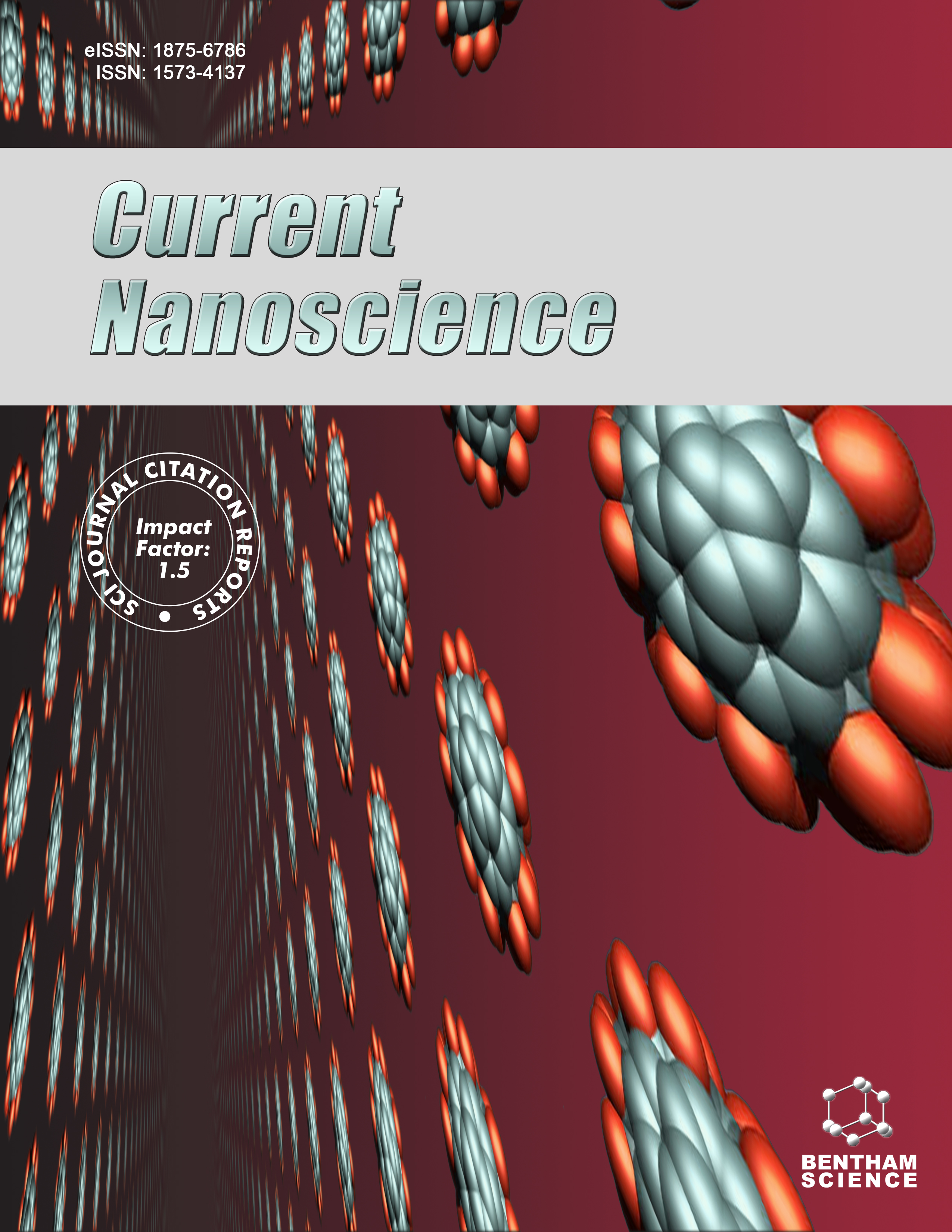
Full text loading...
We use cookies to track usage and preferences.I Understand
The electrochemical sensors convert biological or chemical information, such as analyte concentration or a biomolecular (biochemical receptor) interaction, into electrical signals. In this paper, we describe the development of a poly-thionine/ single-walled carbon nanotube (P-Th/SWCNT) composite for the electrochemical detection of ascorbic acid (vitamin C).
To improve electrochemical performance, we attempted to electro-polymerize the thionine monomers, an essential chemical building block, directly on the surface of single-walled carbon nanotubes (SWCNT).
Field Emission Scanning electron microscopy (FESEM) and energy dispersive spectroscopy (EDS) results revealed that a complex structure of the P-Th/SWCNT was formed. The presence of carbon (C), oxygen (O), nitrogen (N), and sulfur (S) components was confirmed, which indicated the effective fusion of poly-thionine onto SWCNT. Moreover, the X-ray diffraction (XRD) and Fourier transform infrared (FTIR) spectroscopy confirmed the composite formation. Utilizing cyclic voltammetry, the composite's electrochemical behavior was examined.
Excellent electrocatalytic activity towards the oxidation of ascorbic acid was shown by the P-Th/SWCNT composite. The as-prepared P-Th/SWCNT composite-modified sensor can detect ascorbic acid in food, medical, and pharmaceutical samples.

Article metrics loading...

Full text loading...
References


Data & Media loading...

